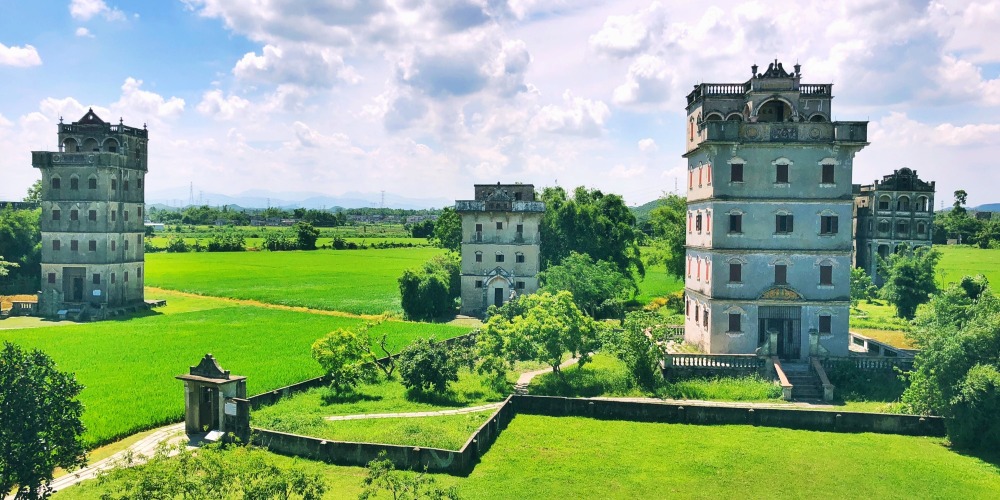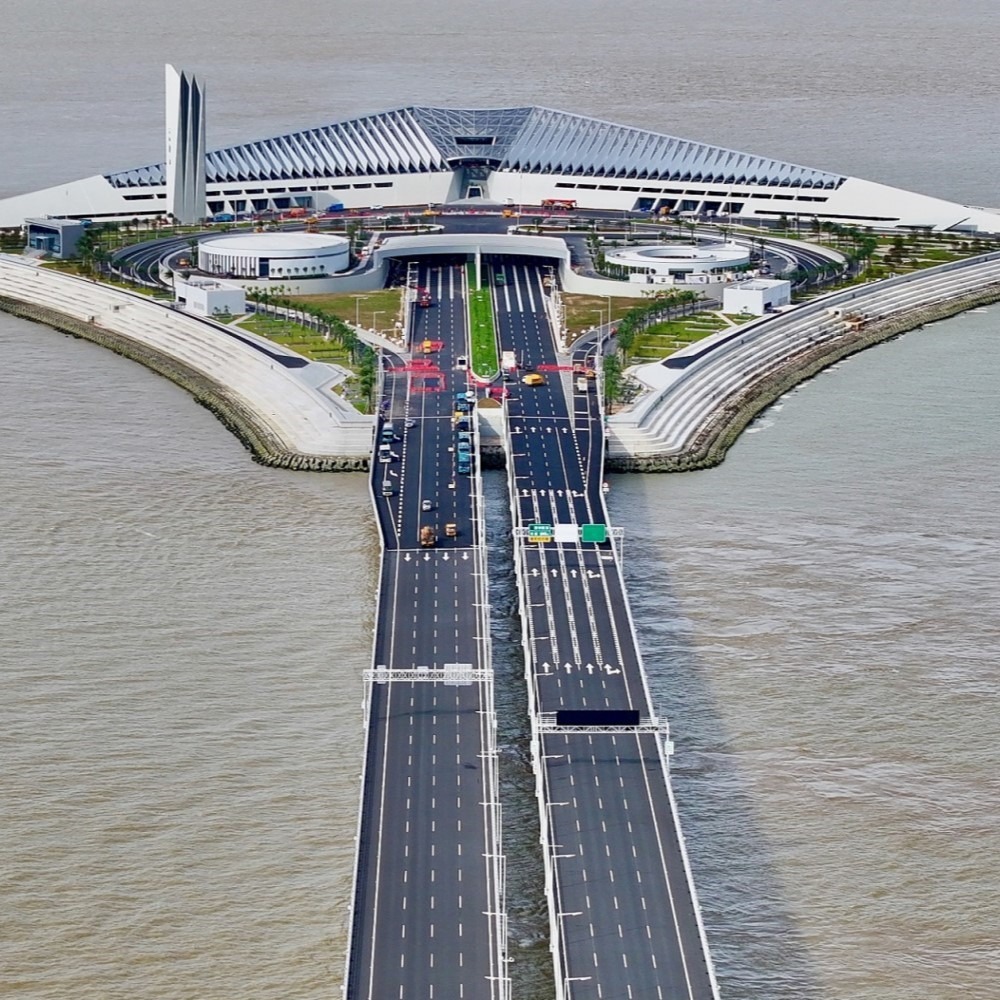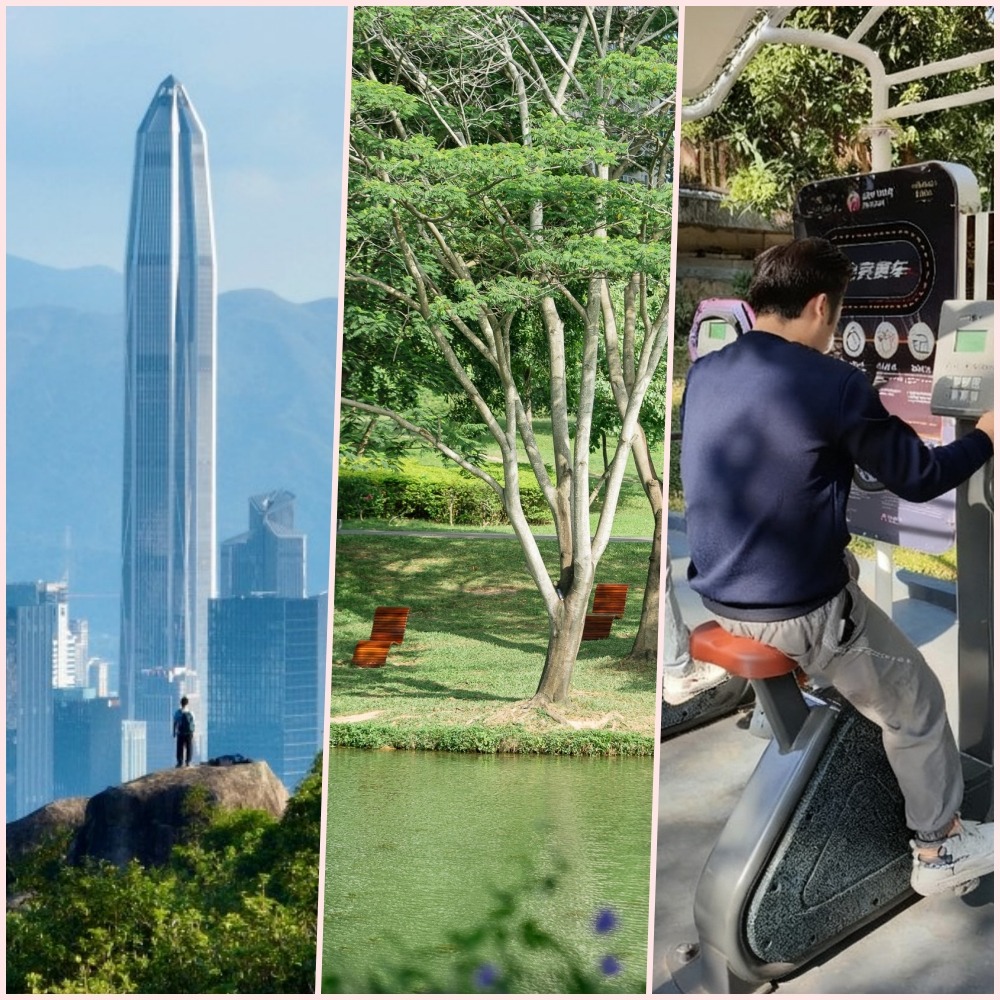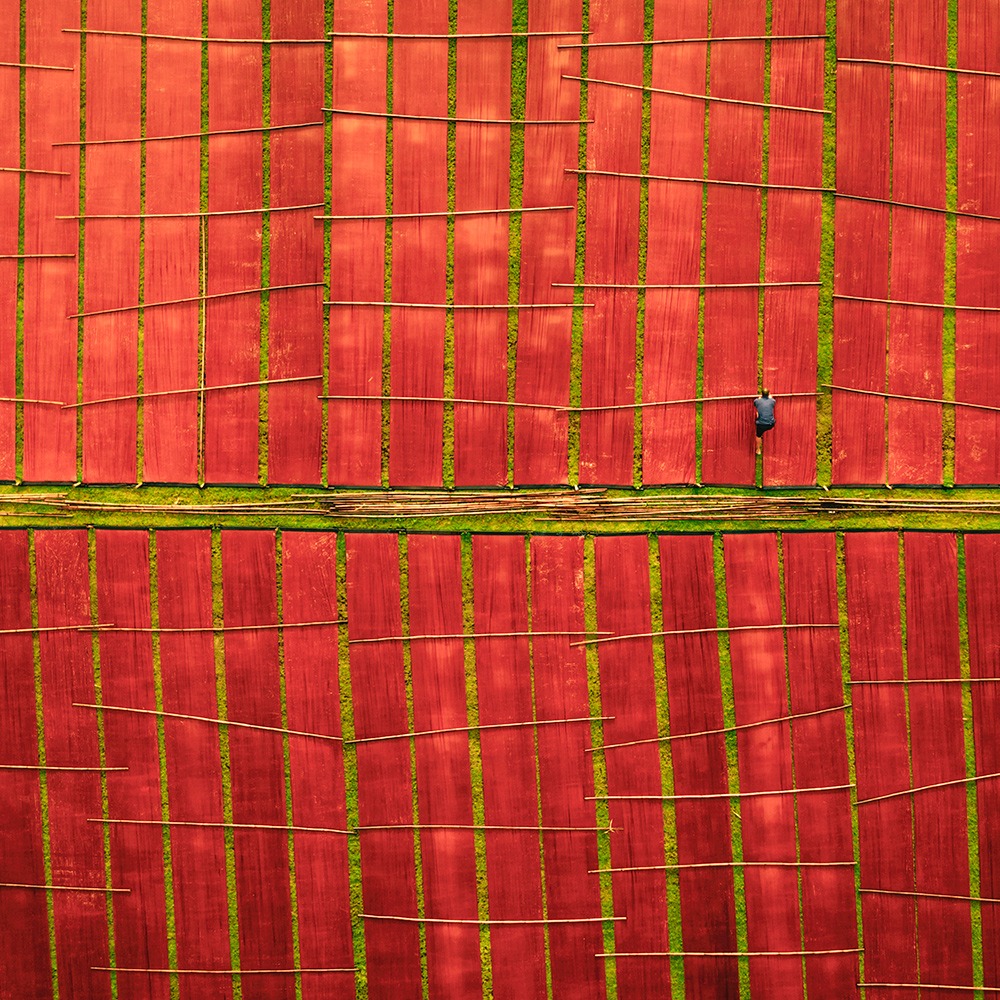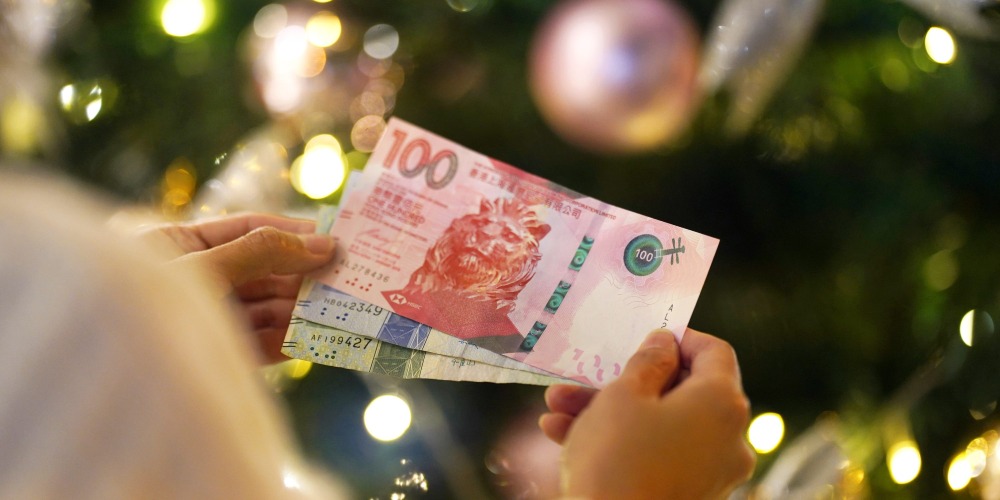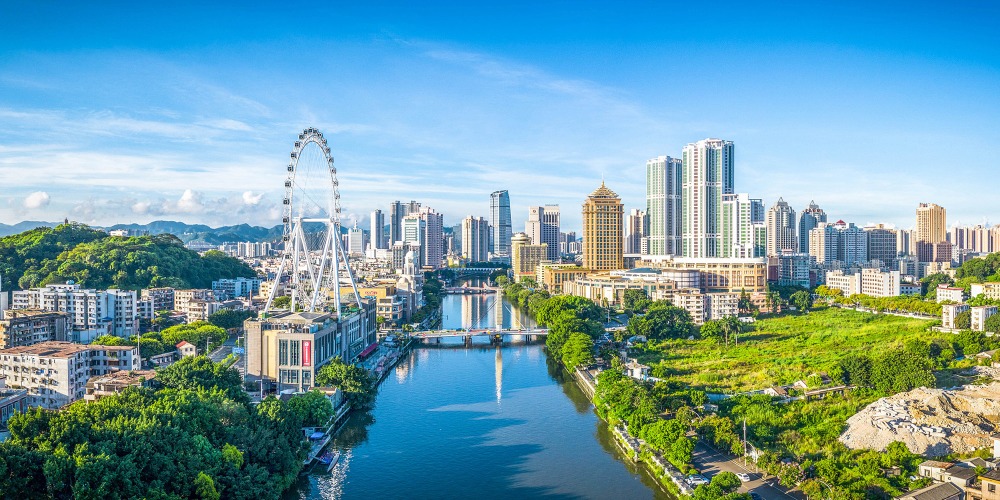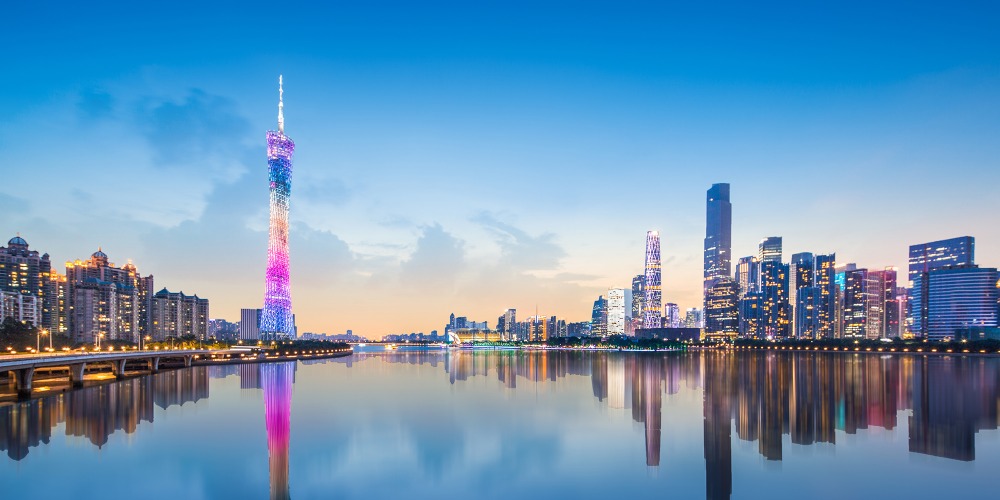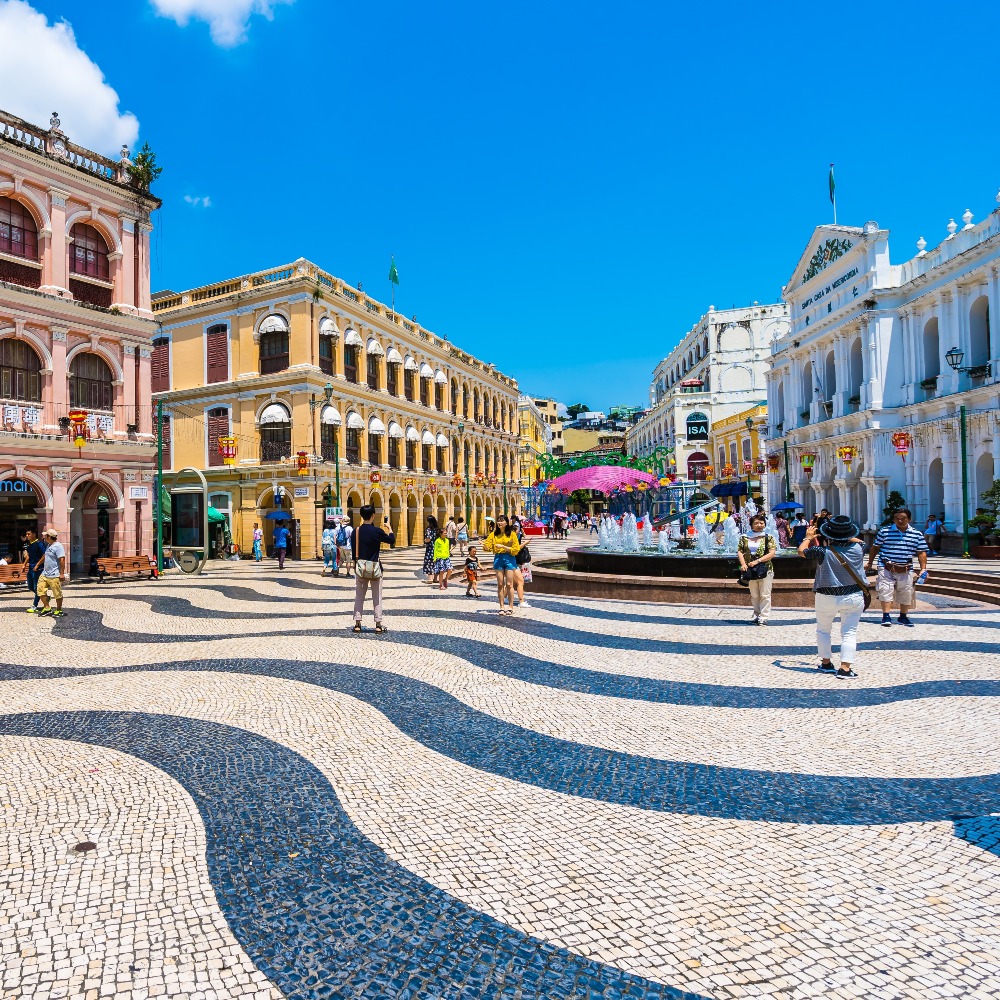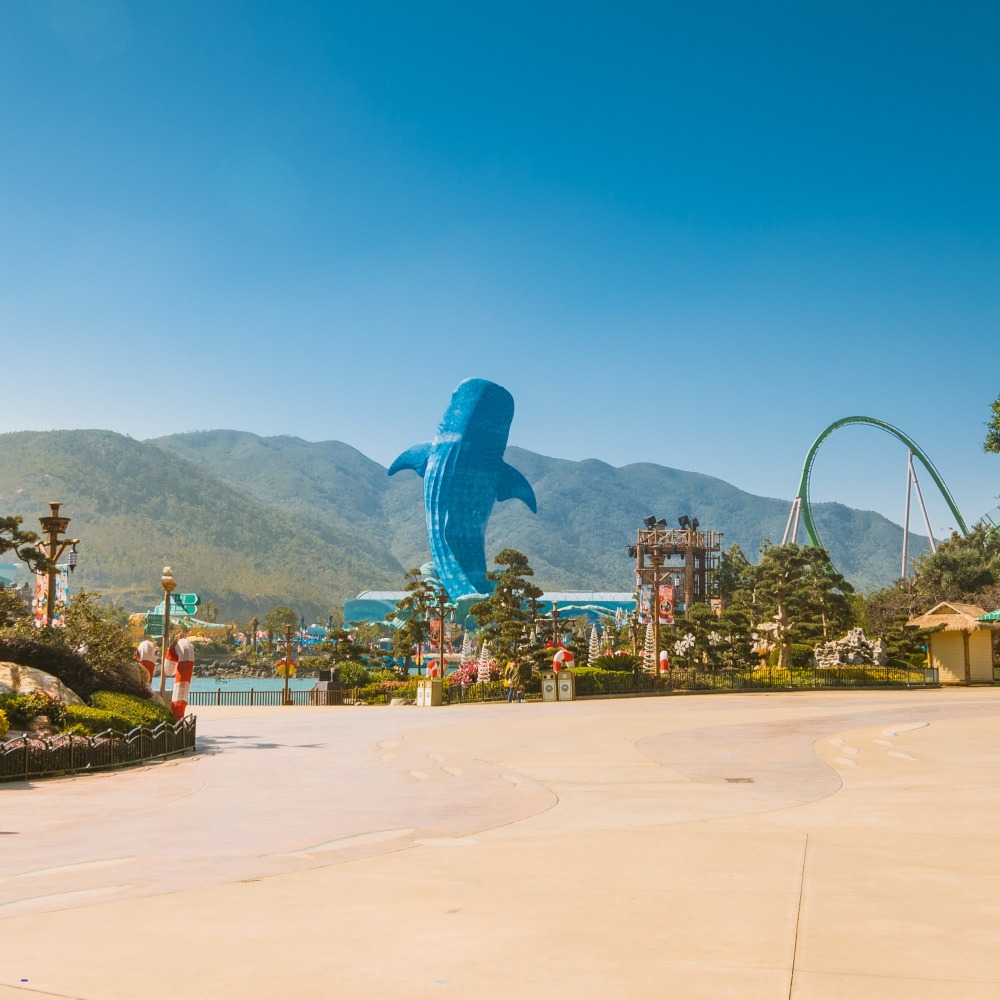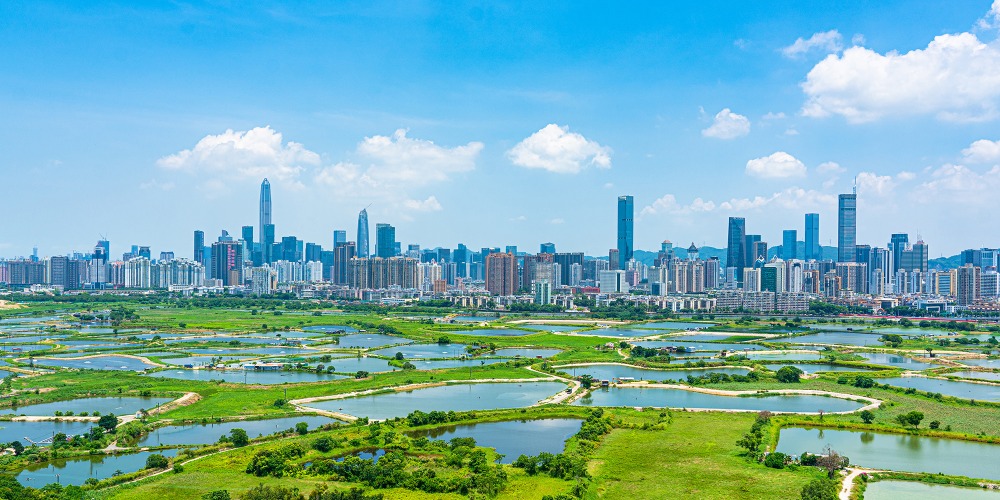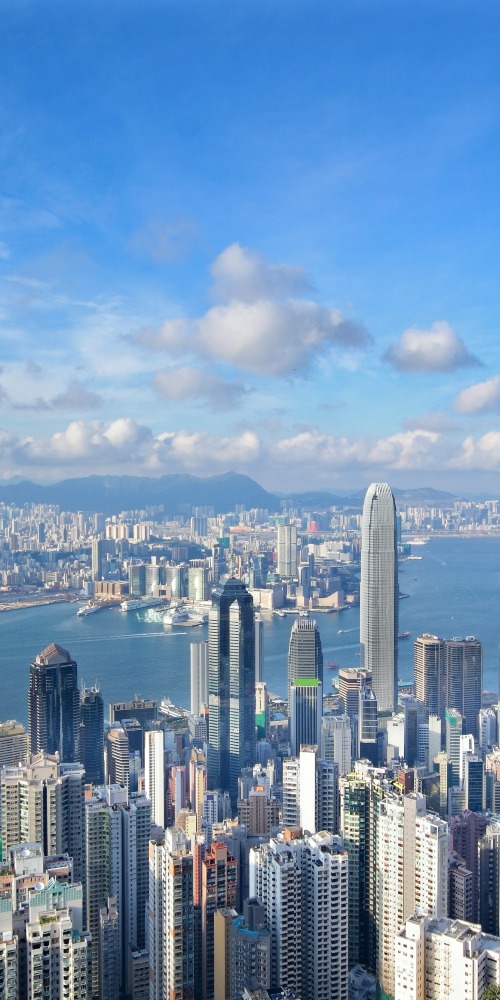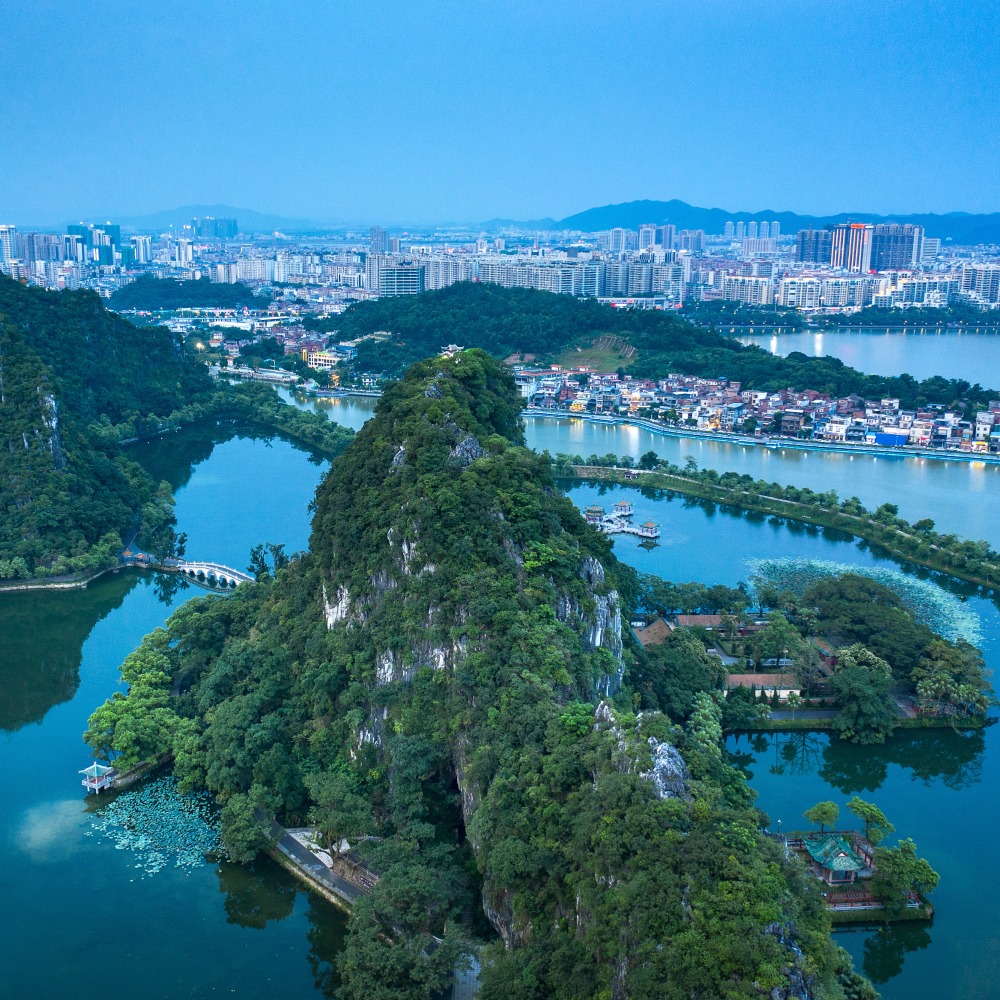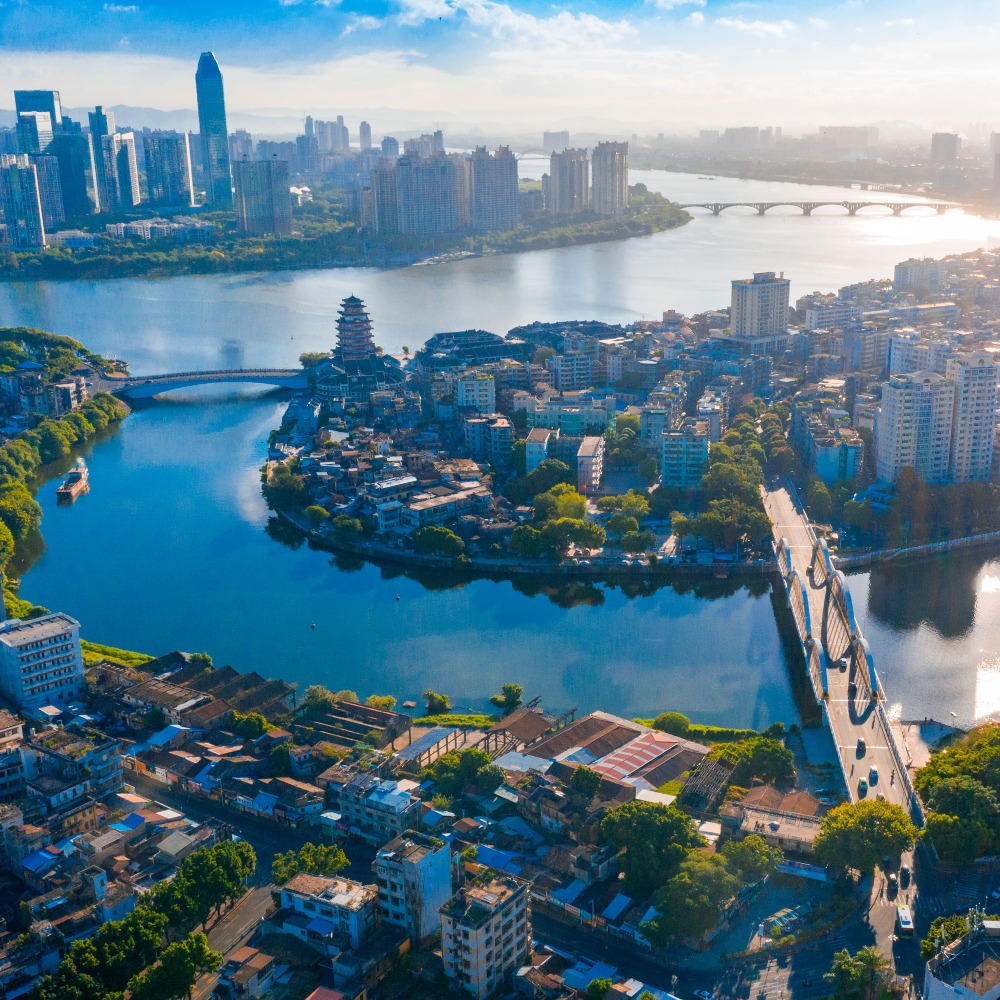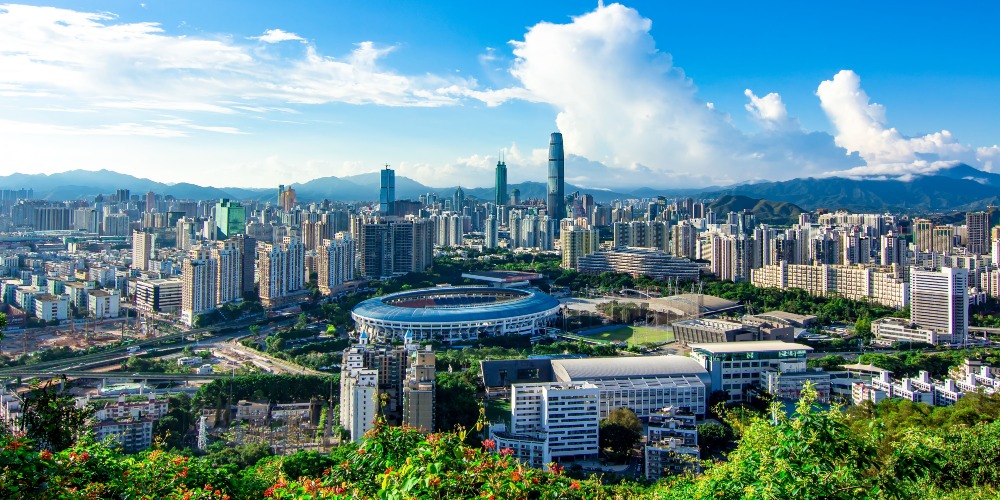Published : 2025-04-24
In the Greater Bay Area (GBA), Jiangmen is renowned as the "Capital of Overseas Chinese" in China, with many famous figures originating from here.
This article uses five numbers to introduce you to Jiangmen.
600 Years of History
Jiangmen is the central city located in the middle and south of Guangdong Province and the western part of the Pearl River Delta.
As early as the late 14th century, during the Yuan and early Ming Dynasties (1368-1388 AD), this place had already formed a market, and in 1983, it was established as Jiangmen prefecture-level city.
From its inception to the present, it has a history of over 600 years. Why is it called Jiangmen? Which river does the "Jiang" (江, means river in Chinese) refer to? And where is the "men" (門, means gate in Chinese)?
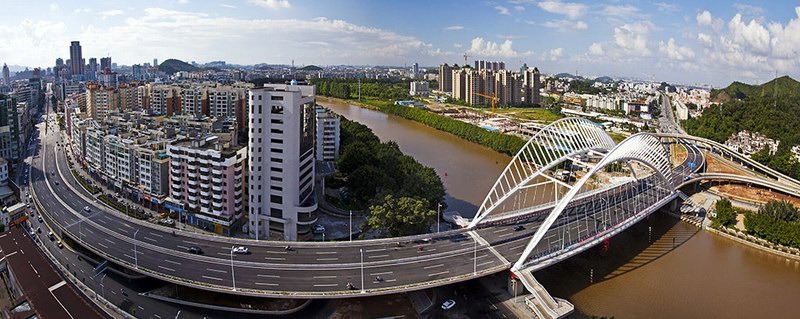
In the late Yuan and early Ming Dynasties, most areas of Jiangmen were still vast expanses of water, with only a few isolated hills standing alone in the water.
These water-surrounded hills included Yandun Hill and Penglai Hill, which faced each other like two gates. The river between the two hills was named "Pengjiang" (蓬江), or Peng River.
Therefore, the "Jiang" in Jiangmen refers to Pengjiang, the mother river of Jiangmen, and the "men" (gates) are Yandun Hill and Penglai Hill, which look like gates in the river. That is why the city is called "Jiangmen".
5 Counties
Jiangmen is a prefecture-level city in Guangdong Province, currently consisting of three districts and governing four county-level cities.
The three districts are Pengjiang, Jianghai, and Xinhui; the four county-level cities are Taishan, Kaiping, Enping, and Heshan.
Jiangmen is commonly referred to as "Wuyi" (五邑), which means "five counties", but is also known as "Si Yi" (四邑), which stands for "four counties". So, what does "Yi" mean?
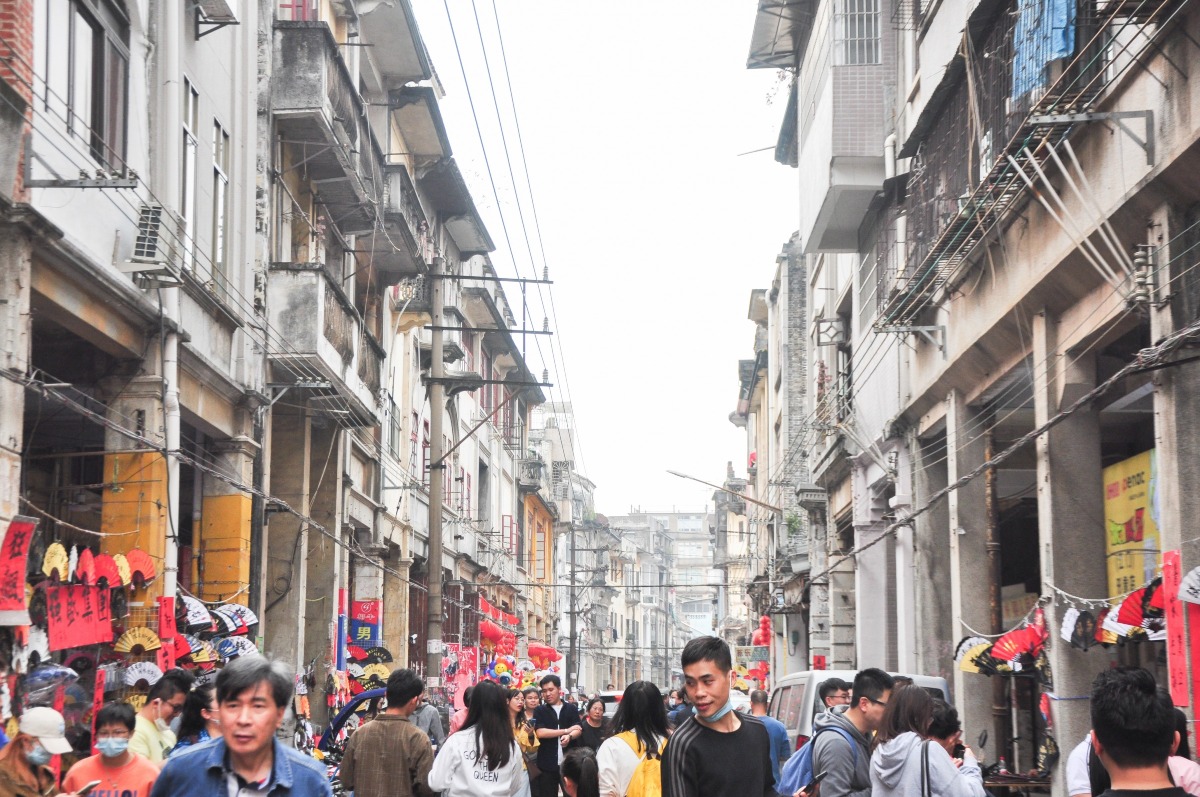
The meaning of "Yi" (邑) refers to a county. In the past, the "Four Counties" of Guangdong referred to Xinhui, Xinning (Taishan), Kaiping, and Enping.
In the 19th century, people from the Four Counties ventured to Southeast Asia, Australia, and the Americas for work to make a living. They established associations overseas to support each other.
The Chan Si Wui Kun Singapore in 1848 was the first association named after the "Four Counties."
As for the Five Counties, it first appeared in the 1920s, adding Heshan to the Four Counties. The Five Districts Business Welfare Association in Hong Kong is originated from Jiangmen.
2.8 Million Overseas Chinese
Due to historical reasons, there are many overseas Chinese and compatriots in Hong Kong and Macao from Jiangmen, forming a unique feature that supports the economic development of Jiangmen.
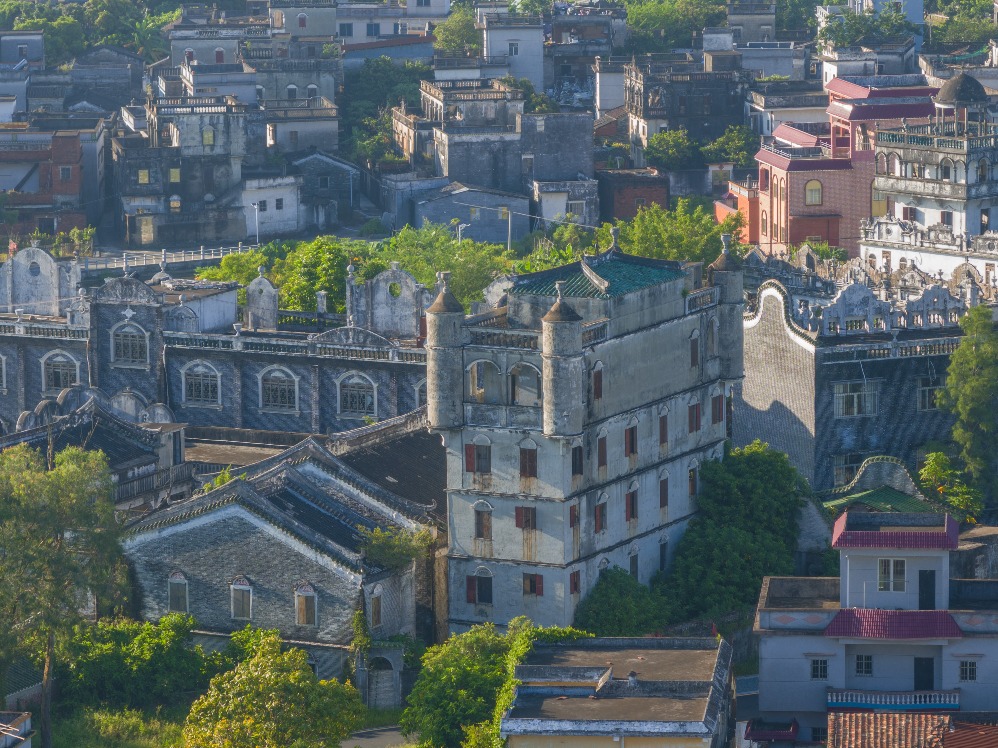
Jiangmen has a resident population of 4.82 million, with over 2.8 million overseas Chinese distributed in 107 countries and regions worldwide, earning the title of "China's No.1 Hometown of Overseas Chinese."
Jiangmen is also the hometown of many notable figures, including Liang Qichao (梁啟超), a modern Chinese thinker and politician; Chen Yixi (陳宜禧), an overseas Chinese who organised the construction of China's early commercial railway "Xinning Railway"; Feng Ru (馮如), an overseas Chinese who developed the earliest Chinese airplane; Adrienne Clarkson (伍冰枝), a former Governor General of Canada; and Gary Locke (駱家輝), former U.S. Ambassador to China and former Secretary of Commerce of the U.S.
4 Pillar Industries
In 2022, the "14th Five-Year Plan" for the strategic emerging industries development of Jiangmen proposed expanding pillar industries and cultivating emerging industries as the two main directions.
The four pillar industries include metal products industry, agricultural and side-line products processing and food manufacturing, electrical machinery and equipment, and computer, communication, and other electronic equipment manufacturing, mainly concentrated in the Pengjiang District.

Emerging industries include bioindustry, energy conservation and environmental protection, new energy vehicles industry, new materials, high-end equipment, new energy, and new generation information technology industry.
By the end of 2020, Jiangmen had 2,522 key overseas Chinese-funded enterprises, with a total annual output value of approximately 159 billion RMB.
4th Largest Rail Transport Hub
In terms of transportation, Jiangmen has launched the Jiangmen Station, which is positioned as the Zhujiang West Comprehensive Transport Hub, becoming fourth-largest rail transport hub in Guangdong.
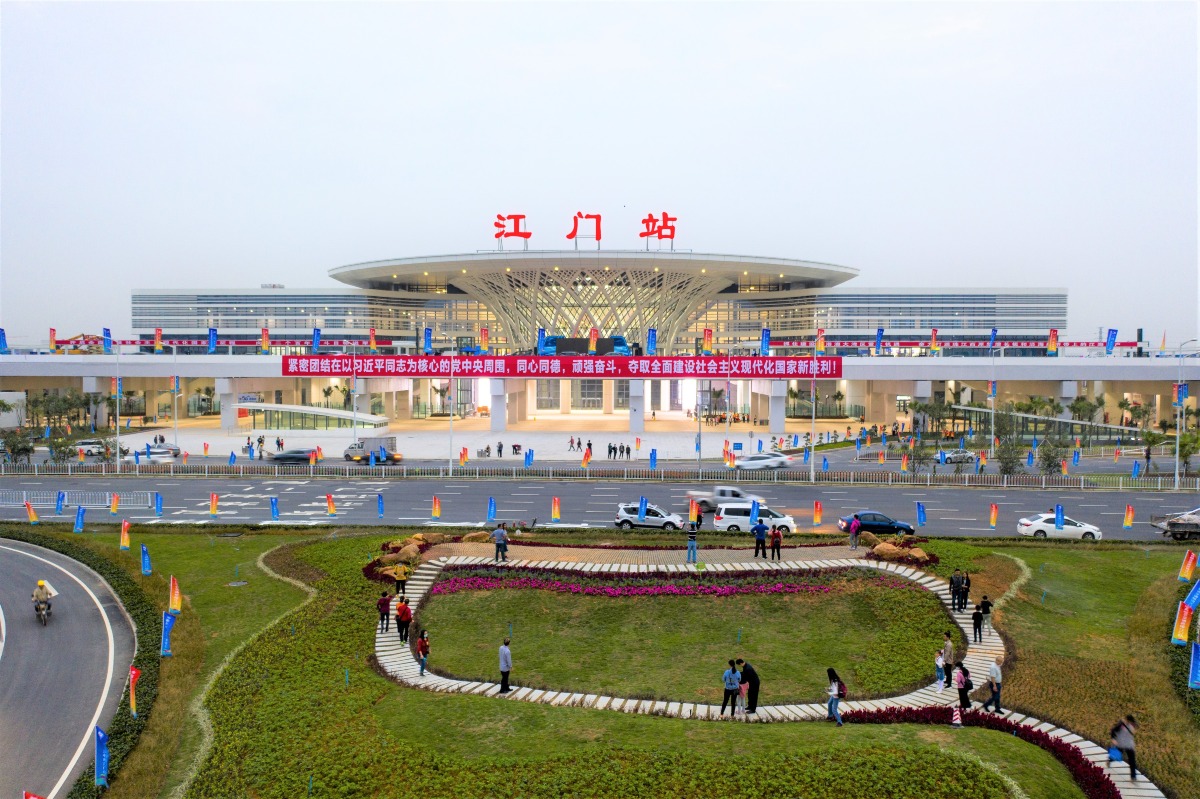
The total construction area of Jiangmen Station is 25.45 square metres, integrating Jiangzhan Railway, Guangzhou-Zhuhai Intercity Railway, Guangzhou-Zhuhai Railway, and the under-construction Shenjiang Railway, forming a comprehensive transportation hub in the West Bank of the Pearl River Estuary.
Shenjiang Railway is expected to open in 2028. Upon completion, the journey between Shenzhen and Jiangmen will be achievable within one hour, while travel time from Hong Kong to Maoming, Zhanjiang and other areas in western Guangdong can also be reduced by more than half.
Jiangmen connects to three major channels: Guangzhou Metropolitan Circle, Shenzhen Metropolitan Circle, and Hong Kong-Zhuhai-Macao Bridge.
Now that the Huangmaohai Sea-crossing Channel has been officially opened to traffic, Jiangmen is fully integrated into the "one-hour living circle" in the Greater Bay Area.
Read more: 1833 Kaiping Diaolou witnessed the history of overseas Chinese migration
